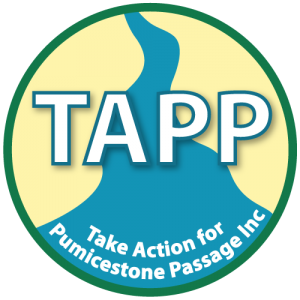WORKSHOP NOTES ON CLIMATE CHANGE:
What don’t we know?
- Refugia: Extent of habitat loss, modification, and fragmentation – research needed into the shift in range and how to defragment the landscape. Are lines of green actual linkages? How do we future proof habitat suitability?
- Myrtle Rust and species extinctions: can humidity modelling help?
- Innovative solutions: Can we remove hard surface and rehabilitate?
- Carbon sequestration: of forests, salt marsh, seagrass and mangrove ecosystem services; whole of nation sequestration;
- Ocean acidification
- Water scarcity: environmental flows and hydrology; potential for expansion of stormwater harvesting.
- Fire: Traditional Owner knowledge of burning; genuine intent for patch mosaic management; who should be in charge and how can we streamline governance?
- Coastal Foredunes and hind dune ecosystems: do the cumulative impacts of 4WD use mean that recreational use should be ended in these zones?
- Primary Industries: How do we future proof them through land use changes?
- Recreation Zones: How does population, protected area estate, marketing, and changes to the perceptions of recreation zones affect recreational uses of land?
- Language: how can we shift the emphasis on climate change from being future-focussed to what we need to do now? How do we acknowledge contemporary incremental change?
Actions:
General: Create a paradigm shift that centres on family, lifespan, and descendants; speak about ‘climate crisis’ not ‘climate change’; create an action plan that covers now and not only the future, using proactive protective actions; increase the use of soft solutions, not hard solutions; incorporate triple bottom line economics with insurance; centralise and integrate citizen science data through an overarching mapping and ubiquitous monitoring.
Area 1: Monitor; limit threats; stakeholder GIS; scenario analysis and modelling; Increase restoration of the environment.
Area 2: Modelling of increased inputs and land use change; innovative technology; increased restoration of environment; shorebird protection from dogs; education.
Area 3/ 4: Fire management; waste management; groundwater monitoring; accessible education; overcome generation divider; lock off sensitive zones; protect nutrient poor systems.
Area 5: Actions for land use change; establish best practice for sustainable biodiverse forestry.
Area 6: Polycultura; regenerative agriculture; native agriculture; bioreactors and other simple methods; envirofarms.
What knowledge is needed?
Area 1 (northern): Water Quality; Seagrass; Biodiversity; Threats; Linkages; Inputs; Uses.
Area 2 (southern): MB Influence; adjacent load influence; Biodiversity values; benthic layers; shorebirds.
Area 3 & 4 (Bribie Island): 4WD impacts; impacts on beaches; how to better communicate scientific outcomes; why there are no koalas; differences between barrier islands.
Area 5: Ascertain biodiversity values; compile ecosystem services; barriers for change (leasehold).
Key Issues:
- Empowerment of Traditional Owners across all of Pumicestone Passage.
- Community perception, and how to bring them on the journey.
2050 Vision:
Population cap enforced; thriving, connected ecosystems; Recovering populations of plants and animals; enabled sustainability focussed community living regeneratively; an environmentally conscious community.
